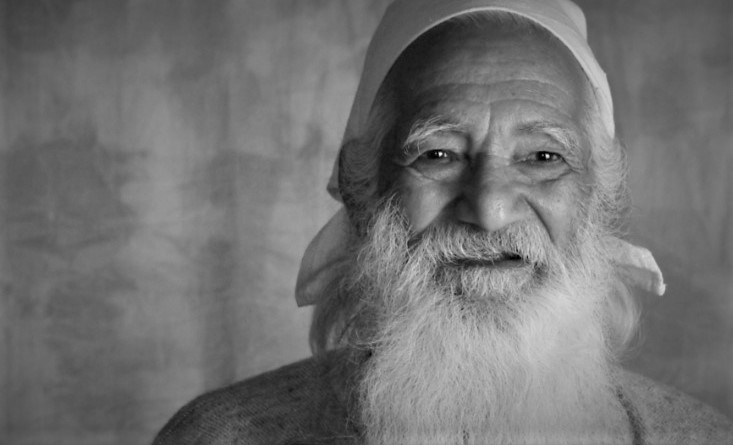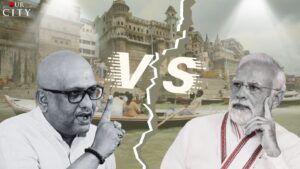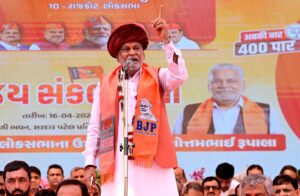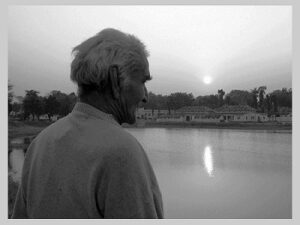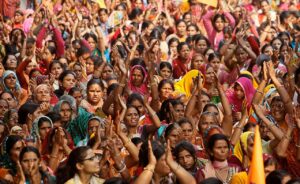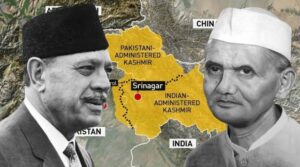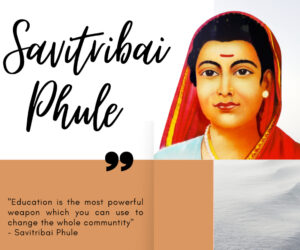Bahuguna is no ordinary person. In the 1970s and 1980s, he made headlines across the globe, and his ‘Save the Himalaya’ campaign—which later became known as the Chipko Movement, inspired environmentalists everywhere. When more and more trees were being cut down for trade and industry, the Gandhian strategy of satyagraha was used by the people to defend their way of life.
The ‘Chipko’ Action
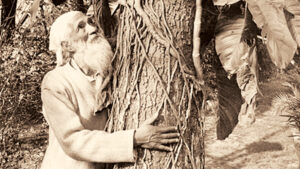 In 1973, the first Chipko action happened. It expanded to other districts in Uttar Pradesh’s Himalayan region during the course of the following five years. The locals, many of whom were women, would embrace the plants and challenge the tough men with axes to chop the trees down first in order to save them from the contractors’ axe.
In 1973, the first Chipko action happened. It expanded to other districts in Uttar Pradesh’s Himalayan region during the course of the following five years. The locals, many of whom were women, would embrace the plants and challenge the tough men with axes to chop the trees down first in order to save them from the contractors’ axe.
In the hills of Uttar Pradesh, which is now the state of Uttarakhand, the crusade spread like wildfire. Under Bahuguna’s leadership, the first success occurred in 1980 when then-prime minister Indira Gandhi intervened to put a 15-year ban on destroying green trees.
Throughout the years of the campaign, Bahuguna marched across the Himalayas for 5000 kms. According to him, the Ganga’s glacier would eventually vanish if the deforestation in the Himalayas continued unchecked. The glaciers are also melting at an alarming rate.
Battle for Rights
Few people are aware that Sundarlal Bahuguna, a 94-year-old environmentalist and activist who passed away in 2021, also battled for human rights. He played a key role in making sure Dalits could visit a temple in Tehri, Uttarakhand.
Bahuguna was born on January 9, 1927, in the little village of Maroda. His entire life was devoted to defending the rights of the residents of the state’s rugged terrain. In the Princely State of Tehri Garhwal during the time, his father, Ambadatt Bahuguna, worked for the forest department. During this time, the nation was fighting for its independence from British domination.
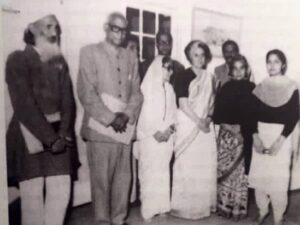 Mahatma Gandhi’s demand for a ‘strength of non-violence and fasting’ impressed Bahuguna, and he remained his hero. In addition to Gandhi, Bahuguna was a great admirer of Sridev Suman, who battled for the Tehri people’s total independence from dynasty control.
Mahatma Gandhi’s demand for a ‘strength of non-violence and fasting’ impressed Bahuguna, and he remained his hero. In addition to Gandhi, Bahuguna was a great admirer of Sridev Suman, who battled for the Tehri people’s total independence from dynasty control.
A 14-year-old Bahuguna, who was inspired by Gandhi and Suman, took an active part in the effort to end dynastic rule in the Tehri Garhwal region and even served seven months in prison for it. Bahuguna joined the Congress party at the age of 24. The struggle for Tehri’s freedom persisted even after India gained its independence in 1947. On August 1, 1949, over two years later, the princely state became a part of the Republic of India.
Bahuguna, although hailing from a wealthy Brahmin family, campaigned to allow Dalits to enter temples. Bahuguna and a number of Dalits entered a Budakedar temple in the 1950s. Many residents claimed that the behavior was unimaginable in those days. He spearheaded an anti-alcohol campaign and served three jail terms in the 1960s, when alcoholism was widespread in the hills.

